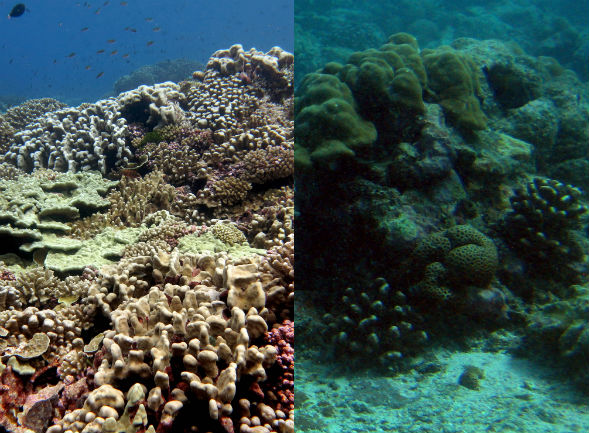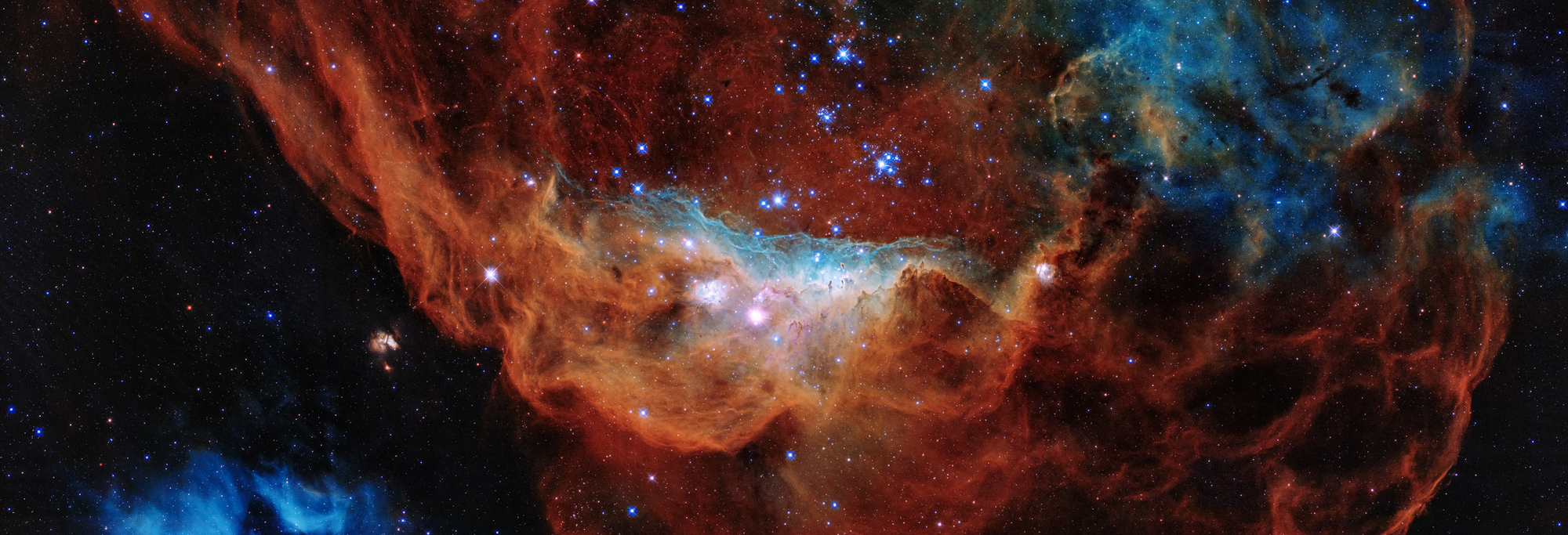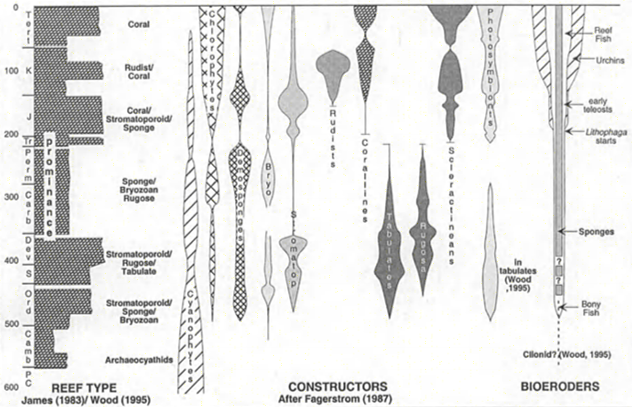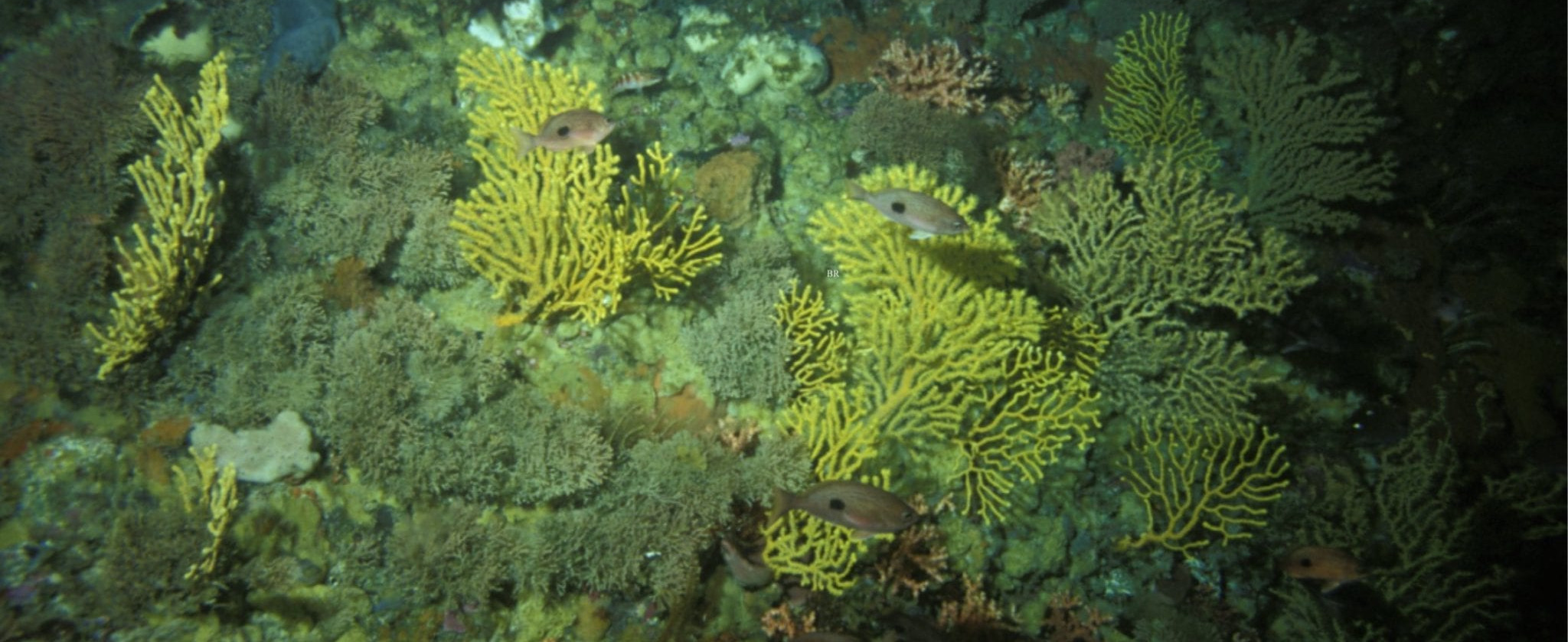Use the "Ask" button to propose and topics to cover during the question and answer session. Give questions you'd like covered the "thumbs up".
Biogenic carbonates
One of life's biggest contributions to the geological record is the production of vast volumes of skeletal carbonate.
In this session we'll learn how water conditions control the taxonomic composition of carbonate producers, how a clever biological trick allows reefs to turn carbonate production into overdrive, and resolve the paradox of why the most diverse marine ecosystems thrive in nutritional deserts.
Distinguish warm-water reefs from cool-water carbonates in the fossil record
Apply ecological principles to predict whether heterozoans or photozoans will dominate a given habitat
Outline how the character of biogenic carbonates changes through space and time





